New Guidelines for Patients with DCIS
Published: August 30, 2016l
By Helen Pass, MD, Director of Breast Surgery and Co-Director, Breast Center
Last week, the Society of Surgical Oncology, the American Society for Radiation Oncology, and the American Society of Clinical Oncology released a consensus statement clarifying how much normal tissue (margin) should be removed during a lumpectomy for ductal carcinoma in situ (DCIS). DCIS is the earliest form of breast cancer. “Ductal” means that the cancerous cells began in the milk duct. “In situ” refers to the fact that the cancer has not spread through the walls of the milk duct into the surrounding tissue.
After more than thirty years of follow-up, research has demonstrated that women who undergo lumpectomy have the same survival rates as those who undergo complete breast removal (mastectomy). When a lumpectomy is performed, the goal is to remove the tumor with a rim of normal breast tissue, the margin. It has long been debated how large a margin is necessary. Too large a margin may result in a poorer cosmetic outcome. Too small a margin may increase the risk of cancer coming back in the breast (local recurrence). If adequate clear margins are not obtained, repeat surgery is usually recommended. Nationally, re-excision rates have been reported as high as 50%.
In 2014, margin guidelines were published for invasive breast cancer. These guidelines stated that for patients with early stage invasive breast cancer undergoing lumpectomy and radiation therapy, “no ink on tumor” is an acceptable margin. The recent DCIS statement recommends a 2 mm margin for DCIS. The reason these guidelines recommend a wider margin for DCIS than invasive breast cancer is because DCIS is much more likely to have multiple small areas of disease (skip lesions) rather than one large mass. Therefore, a negative margin for DCIS may be less accurate and a wider margin was recommended.
There are a few other important points. These guidelines apply to women having a lumpectomy and whole breast radiation. Without radiation therapy, the risk of the same cancer returning in the breast can be as high as 30-40%. However, there are certain situations when radiation therapy may not be recommended, depending on patient age, tumor grade, and other factors.
Also, the current consensus guideline notes that margins greater than 2 mm do not improve outcomes. However, there are some settings when a smaller margin may be acceptable or a larger margin may be desired. That is the reason that as with all clinical practice guidelines, the current statement is not a substitute for good clinical judgment, multidisciplinary case discussion, and individualized care.


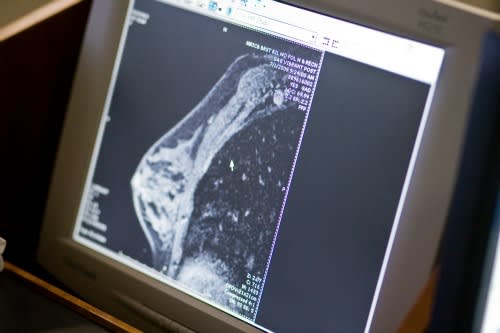






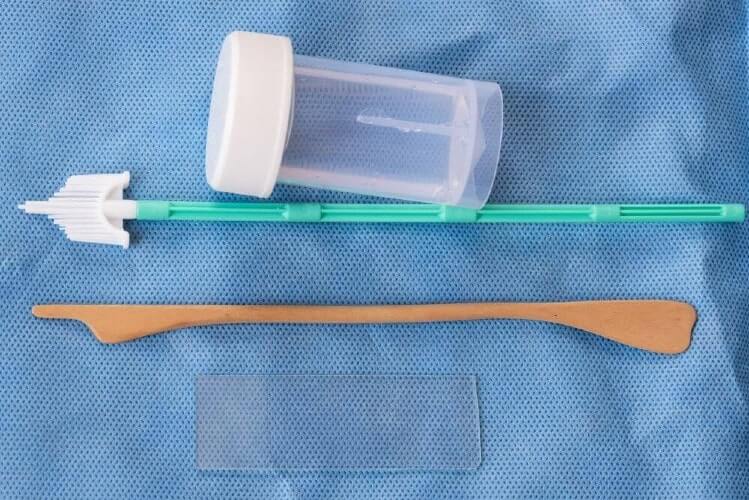














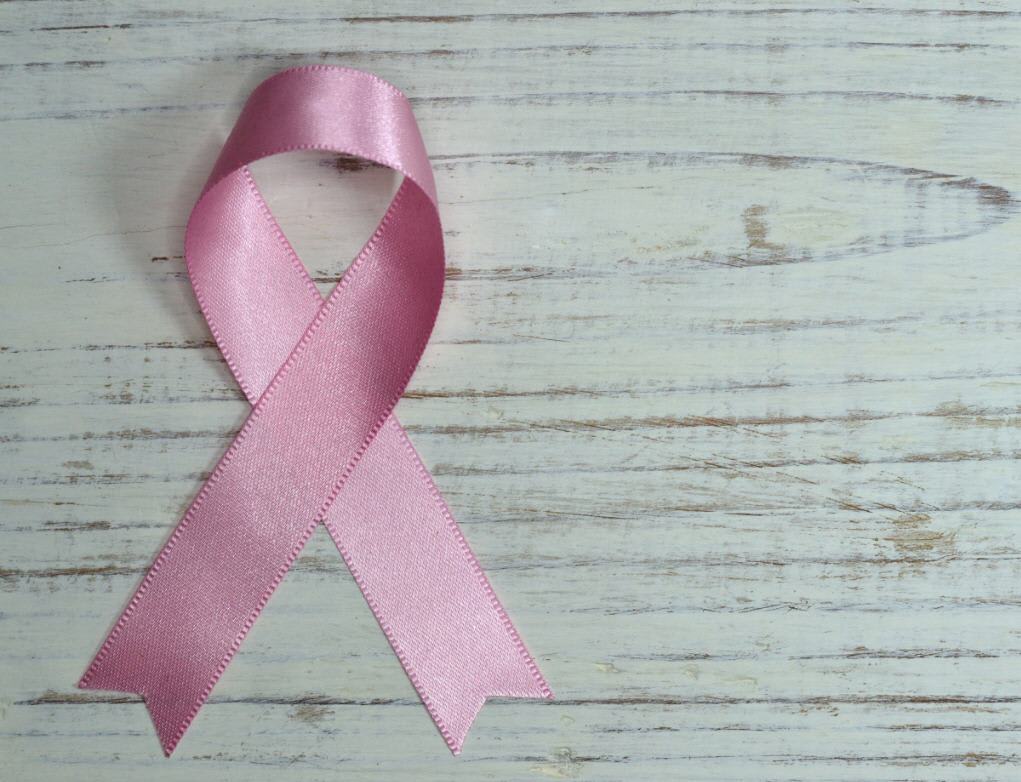
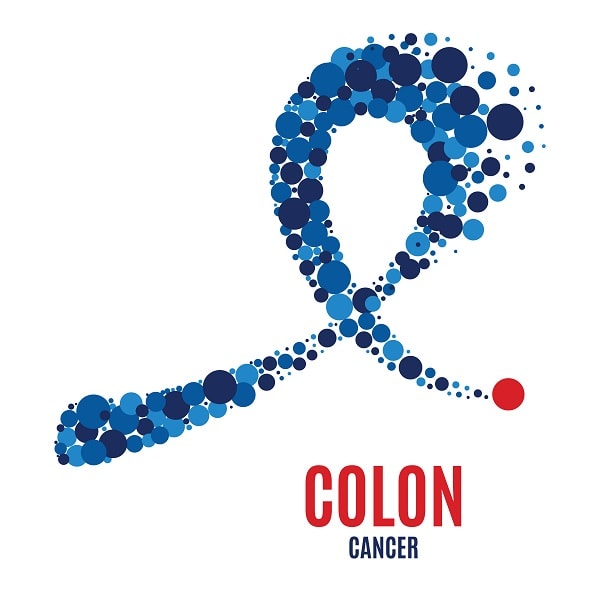

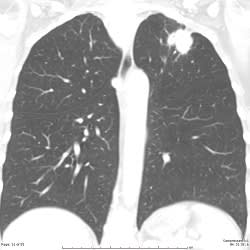













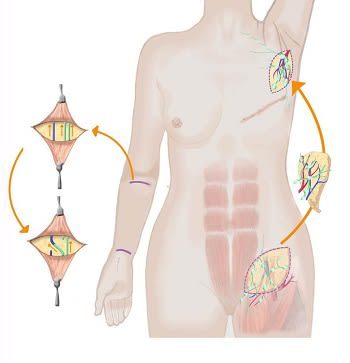


























)


)

)
)




